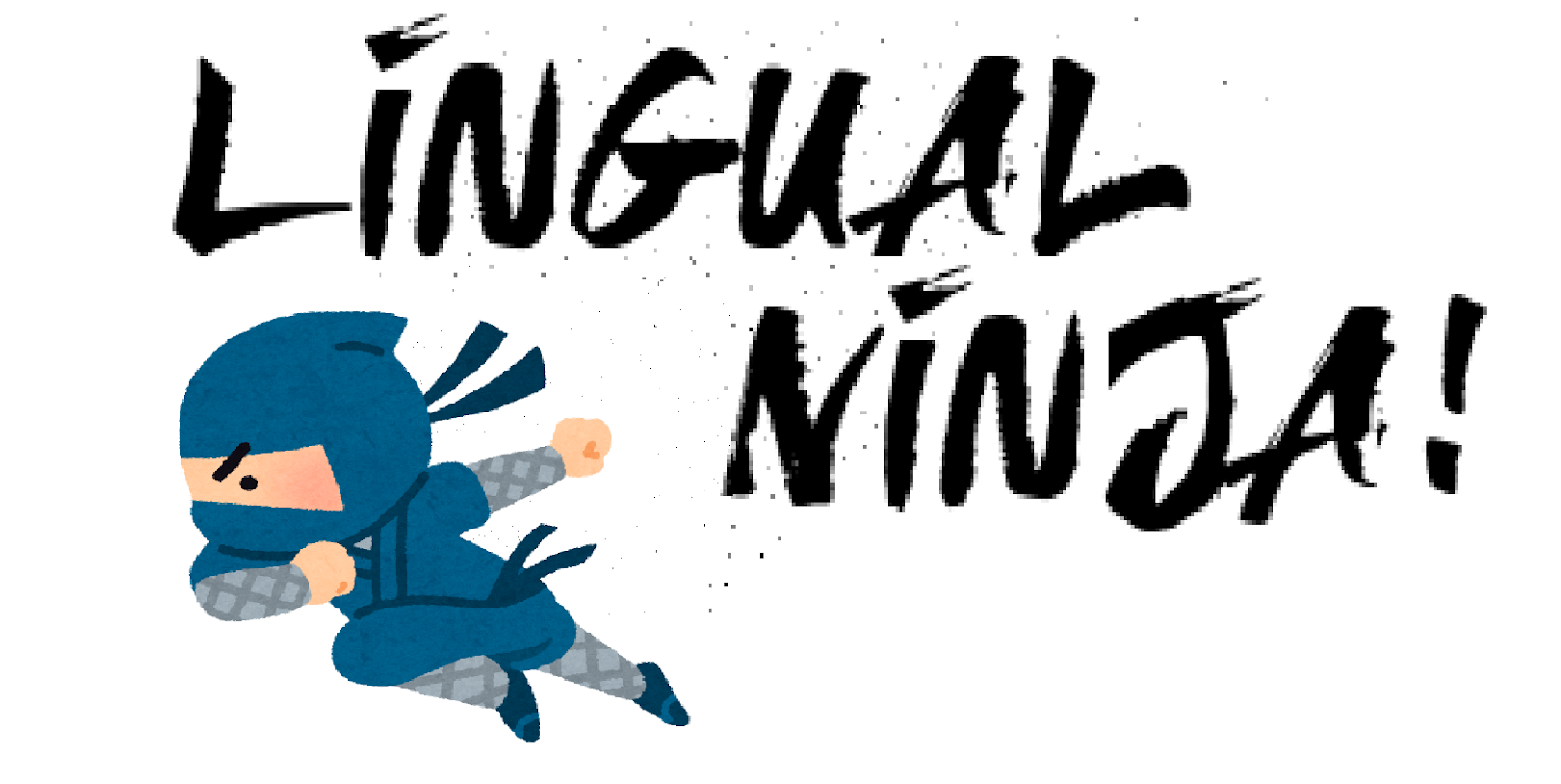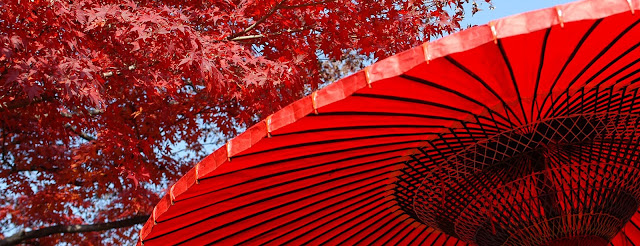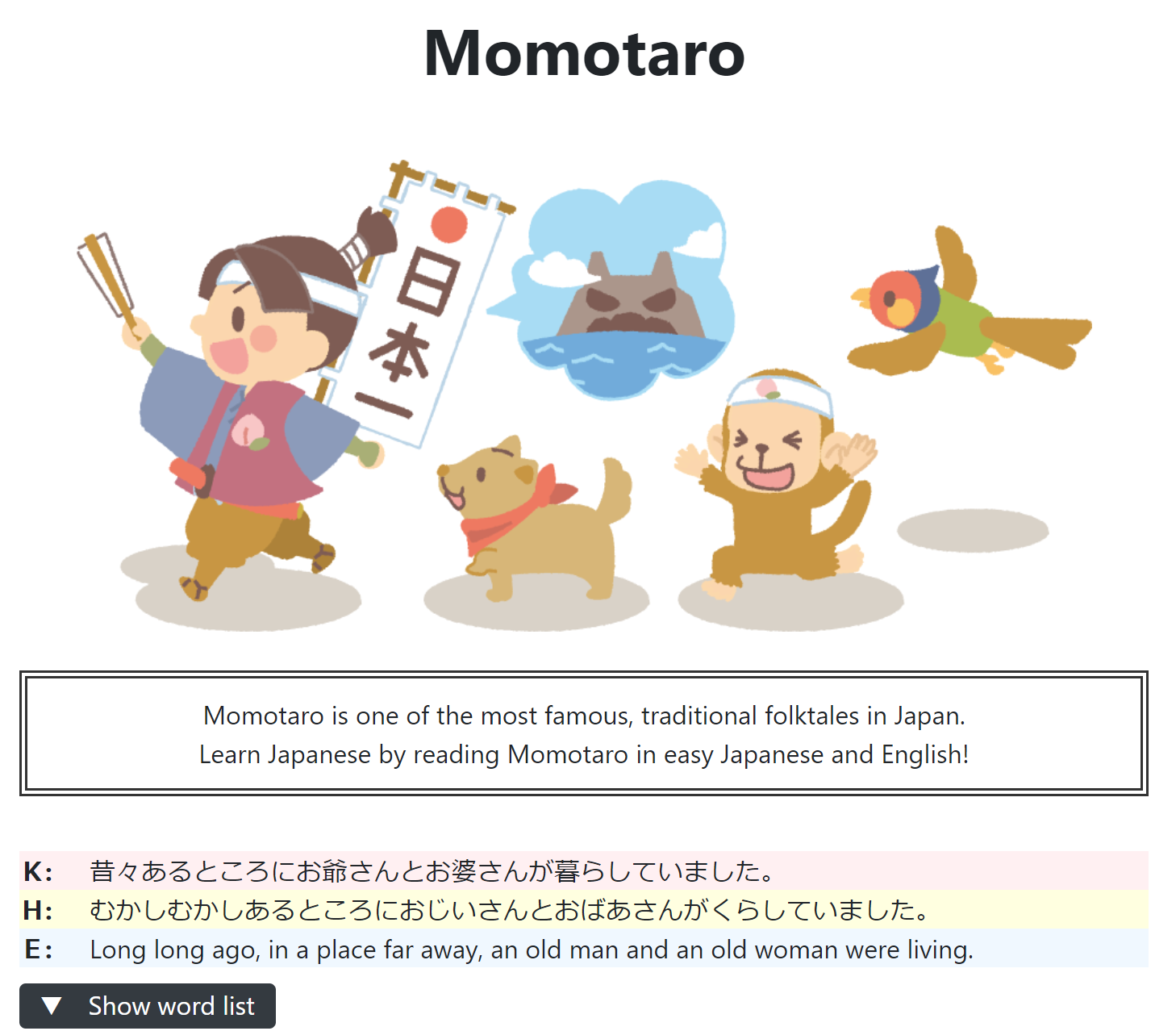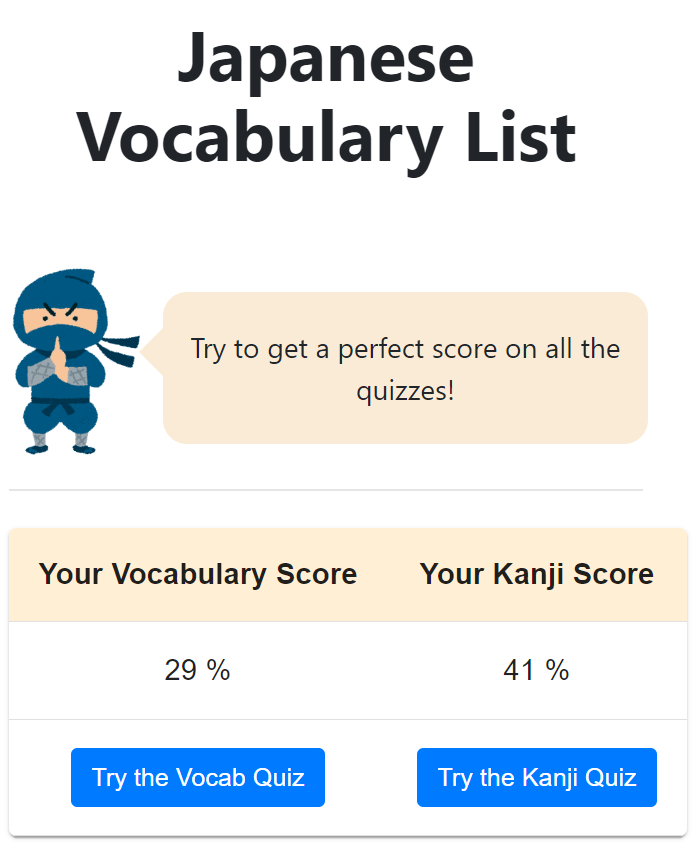Hello. I'm Kosuke!
In the previous article, I explained about greetings used when you meet someone.
Greetings - How to say hello in Japanese >>
However, there are still more greetings in Japanese.
In this article, I will show you greetings used when you say good bye!
The 4 items below will be explained in this article:
1. さようなら (sa yo na ra)
This simply means "good bye".
This greeting can be used in both formal or casual situations.
This is the most basic way to say "good bye".
2. またね (ma ta ne)
This means "see you".
This is used in casual situations.
You can say it to your friends.
This cannot be used for business.
'また (mata)' means 'again'.
Originally, it was longer like 'またあおうね (ma ta a o u ne)'.
It means 'see you again'.
Later, it became shorter and they start to say just 'またね'.
3. ばいばい (bai bai)
I think you have already understood this meaning.
This means 'byebye'.
This is not formal in Japanese.
So you should not use this in business scene.
You can use this for your friends.
Of course, this greeting is from English.
Also, I heard that 'Good bye' comes from 'God be with you'.
Do you think it is true!?
4. おつかれさまです (o tsu ka re sa ma de su)
This is formal way to say 'good bye' in Japan.
Mainly, this greeting is used for business.
Actually, in your country, perhaps you don't need to say anything when you leave office.
However, generally, you should say 'o tsu ka re sa ma de su' to people around you before you leave the office.
This greeting makes it difficult for Japanese workers to leave the office on time.
(What an awful greeting this is!)
Also, 'おつかれさまです ' can be used as many other meanings, not only 'good bye'.
For example, when you meet your boss in the elevator, you should say 'おつかれさまです' as 'hello'.
When someone looks busy because he/she has too many tasks, you can say 'おつかれさまです' as 'my condolences'.
Then he/she would think "why does this person only say that without helping me!?" inside of his/her heart.
When it happens, you should ignore him/her and go home silently.
(This is the most important lesson today. hehe)
In the office, Japanese people use 'おつかれさまです' so often.
Also, in business emails, it is the manner to write おつかれさまです before your name.
'つかれ' means 'tiredness'.
All 'お', 'さま', and 'です' are the words to make the sentence polite.
If you don't know what 'さま(sama)' is, please check this:
~さま(sama) >>
If you don't know what 'です (desu)' is, please check this:
です(desu) and ます(masu) >>
So originally, 'おつかれさまです' is just a very polite way to say 'tiredness'.
Why do Japanese people use this greetings in the office so often?
Because they are always so tired in the office.
(What an awful greeting this is!)
In the next article, let's check how to count numbers!
Counting numbers in Japanese >>
I hope this article helps you study Japanese.
Thank you for reading!





















No comments:
Post a Comment